
12 Stock Alternatives For 2022
With the highest inflation rate in 40 years, volatility at all-time highs, and some equity markets in correction territory, certain investors are considering alternative investments. In fact, PwC reported the alternative investment space grew from an estimated $5.3 trillion to $13.9 trillion between 2007 to 2020.
Historically, certain alternative investments have done well during times of high inflation and volatility. One of the oldest alternative assets, contemporary art, has seen price appreciation that outpaced the S&P 500 index from 1995 to 2021.
Keep reading to discover 12 alternative investments for 2022.
Table of Contents
- What are Alternative Investments and Why Now?
- What are Alternative Investments Used For?
- 12 Alternative Investment Options For 2022
- Art
- Wine
- Real Estate
- Cryptocurrency
- Commodities
- Hedge Funds
- Peer-to-peer lending
- SPACs
- Farmland
- Precious Metals
- Non-Fungible Tokens
- Venture Capital/Angel Investing
What are Alternative Investments and Why Now?
Alternative investments are essentially any asset that isn’t stocks, bonds, or cash. In fact, some alternative assets stretch back as far as the dawn of civilization. People used commodities as currency in 4500 BC. Private art was sold dating back to Roman times. So alternative assets can be as old as art and wine, all the way to the newer assets like NFTs and SPACs.
Throughout time, many alternative assets were limited to the ultra-wealthy. For example, to invest in high-end art, you might have had to spend $1,000,000 on a Rembrandt painting.
But in 2012, lawmakers passed The Jobs Act. Title III allowed, among other provisions, for non-accredited investors to invest via crowdfunding or other regulations.
That means investors can now invest in certain alternative asset classes once largely only accessible by the wealthy. And it gives you the chance to invest without having the whole capital upfront. This law opened up many alternative investments for investors. Each asset has its pros and cons you need to consider.
What are Alternative Investments Used For?
Alternative assets currently offer investors many opportunities:
High Volatility (Unstable Market)
According to Investopedia: “Alternative investments typically have a low correlation with those in standard asset classes. This low-correlation means they often move counter to the stock and bond markets.” So low-correlated alternative assets could be a hedge in times of high volatility. While the stock market dipped in the 2008 financial crisis, gold spiked by almost the same amount.
High Inflation (Low-Interest Rate)
Inflation recently hit the highest level in 40 years. And as such, the consumer price index has risen to an all-time high. Gas prices rose by 42%, used cars by 24%, and meat, poultry, fish, and eggs rose 10%. But some alternative assets can be a hedge against inflation.
One example is gold. It can act as a hedge against inflation because of its low correlation with traditional assets. Another example is commodities. Not only are commodities a hedge but an indicator that inflation is coming. That’s because as the price of a commodity rises, so does the price of commodities (gas, oil, beef, electricity, and more).
High Potential Rewards
Under certain circumstances, alternative assets can offer high potential rewards. If you invested in the cryptocurrencies GALA, CEEK, and ANY at the right time, you would’ve seen 40,445%, 25,270%, and 16,652% gains, respectively. But not every single cryptocurrency could offer these types of returns.
What Are The 12 Alternative Investments For 2022?
Art

In 2005, New York art dealers Robert Simon and Alex Parrish bought the painting Salvator Mundi by Leonardo Da Vinci for $10,000. And in 2017, a wealthy patron bought it for more than $450,000,000. This event makes the portrait of Jesus the most expensive artwork ever sold. It’s seen a price appreciation of over approximately 4,490,900% in just 12 years. But this is an extreme example of how far this asset can go up.
And usually, everyday investors can’t buy and sell art because of its high price tag. But the 2012 changing regulations made it possible for companies like Masterworks.io to sell art via shares representing an investment in artworks. This way, investors can invest in a piece of million-dollar paintings from famous artists such as Picasso, Monet, Banksy, Warhol, and Basquiat for as little as $20.
[Visit Masterworks Here]
Wine/Whiskey
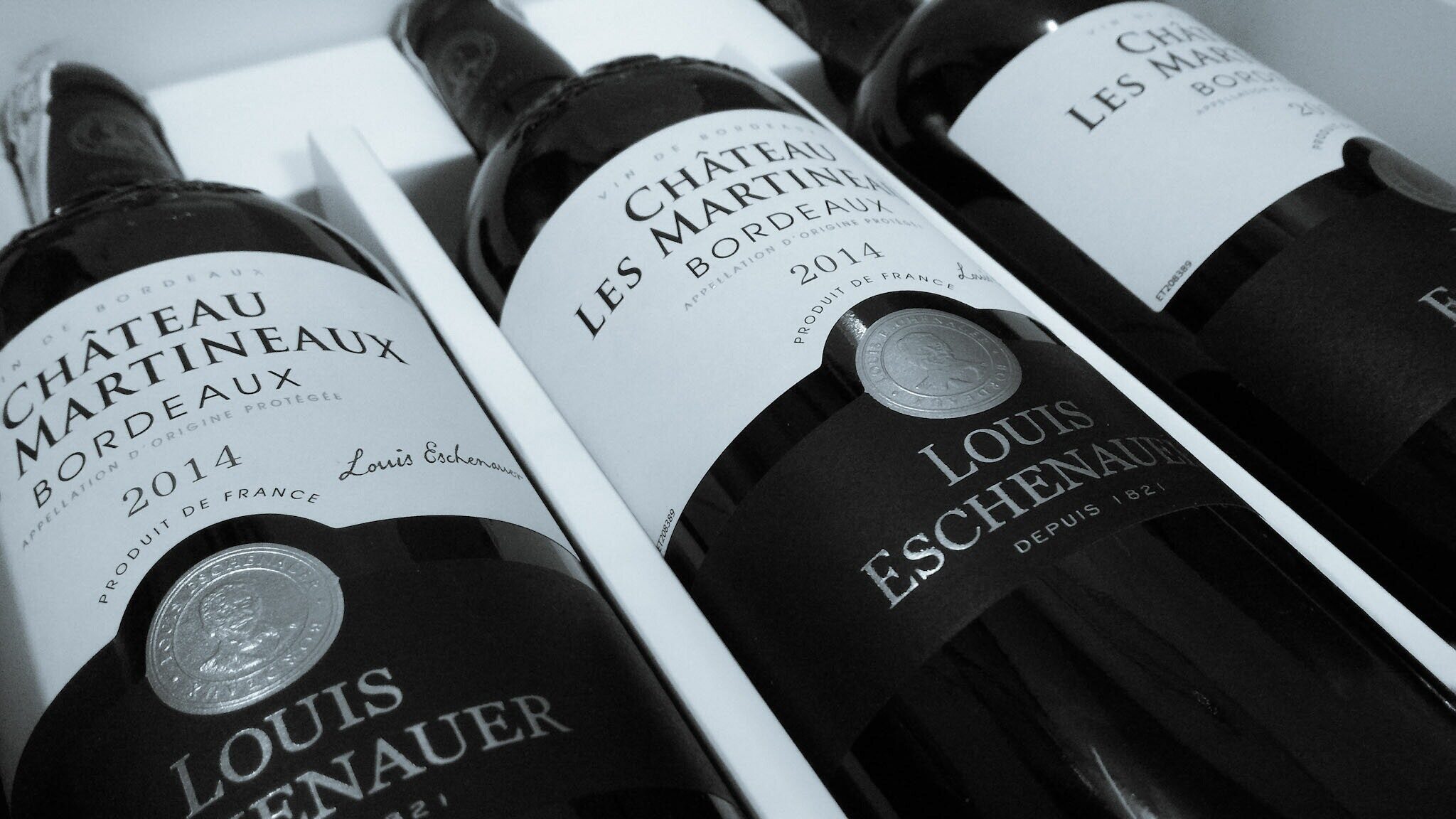
At the end of 2021, 350 guests attended a fundraiser by the Emeril Lagasse Foundation. It seemed like any average charity fundraiser. That is until the auctioneer presented The Glass Slipper Vineyard Cabernet Sauvignon. No one thought it would sell for a record $1 million. But this is just one example out of many that could have sold for less.
In addition, typically, the average investor can’t get an invite to events like this. Admission is also often limited to those who are in the know. But now, it’s possible to invest in wine with various crowdfunding platforms.
Real Estate
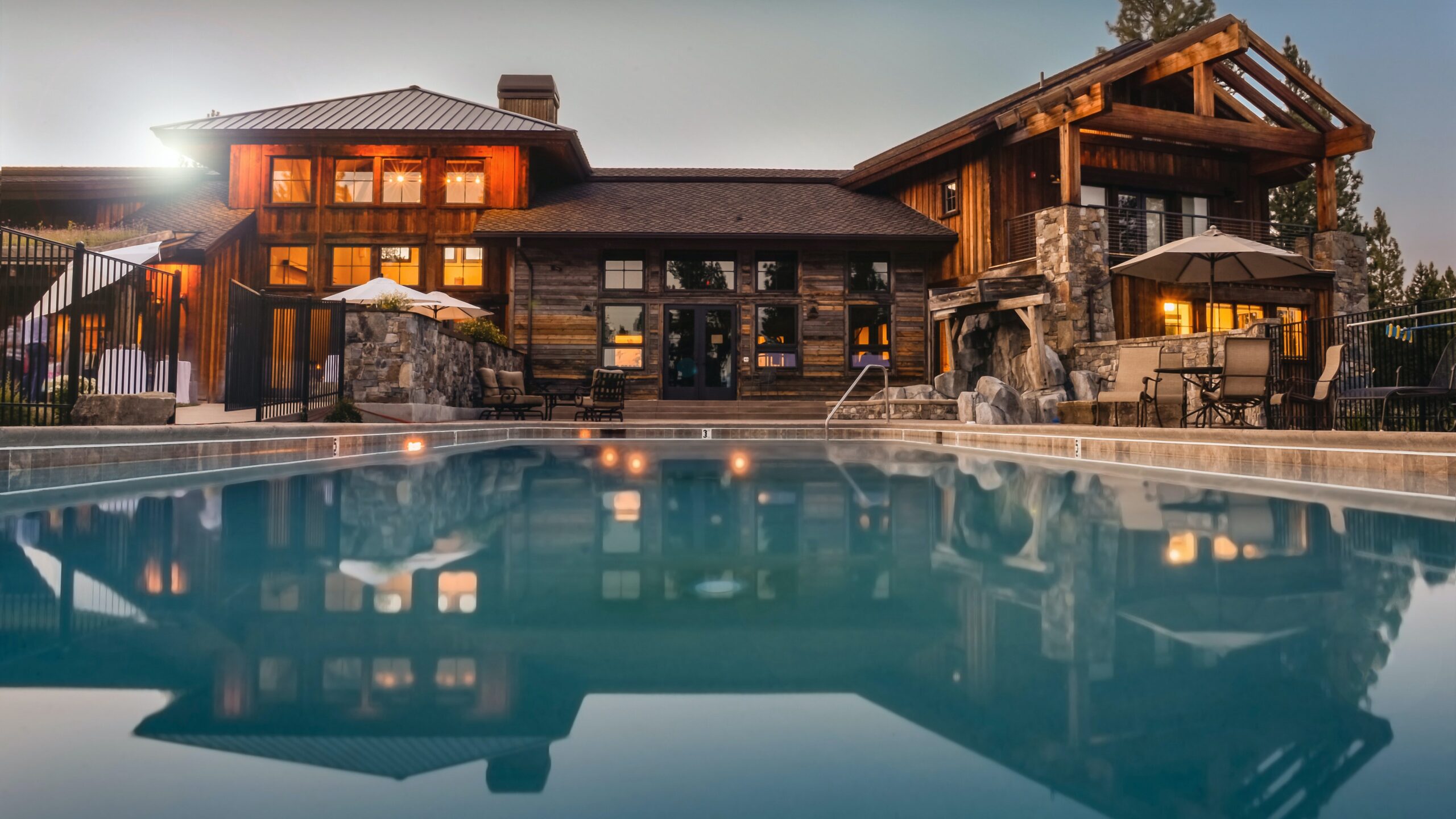
One of the wealthiest Americans in history, Andrew Carnegie, said “90% of millionaires got their wealth by investing in real estate. More money has been made in real estate than in all industrial investments combined.” And thanks to recent events, real estate has been rising in popularity.
CNBC reported that home prices are growing much faster than income in 2021. According to the Federal Housing Financing Agency, most home prices increased more than 18% in 2021. And in 2022, some analysts believe it will rise higher.
While you could invest in real estate the traditional way (buy, hold, sell), you can also invest in REITs. REITs are real estate investment trusts that own and invest in properties for you. So you could earn money from properties without managing them. You can also participate in real estate deals with crowdfunding, which allows you to get in deals for as little as $10.
Cryptocurrency
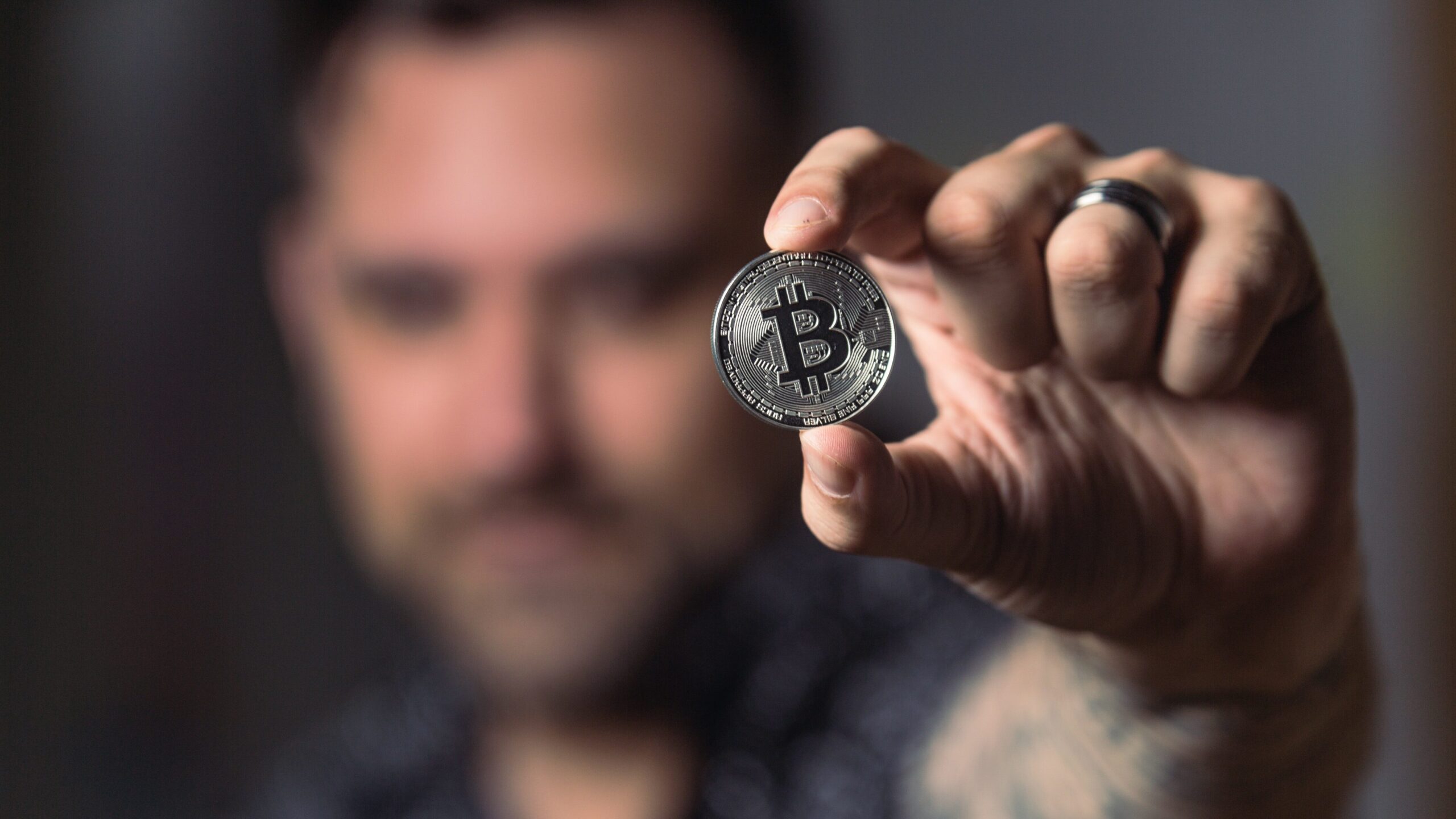
Most people have heard about Bitcoin, but few realize how long it took to take off. In 2008, Satoshi Nakamoto created Bitcoin to circumvent traditional banking infrastructure. The initial value was a fraction of a penny. And it took several years before it went to $29.60. And another two years before Bitcoin price increased to $230.
But in 2017, Bitcoin finally gained mainstream popularity when it exploded from $2,000 to $19,345. Recently, at its peak price of $68,000+. if you had invested in Bitcoin at its start, you would’ve seen a 755,554% plus gain. All in 11 years. But most would agree Bitcoin was a miracle, and many other altcoins went to zero.
However, cryptos, especially Bitcoin, could have a bright future as the ultra-rich keep investing. The rich, such as Elon Musk’s company Tesla purchased $1.5 billion in Bitcoin in 2021. Microstrategy holds over 122,478 Bitcoins. Tyler and Cameron Winklevoss reached billionaire status by investing in Bitcoin. Investors can invest in cryptocurrency on popular crypto exchanges.
Commodities

Richard Dennis is the best-known commodity trader in the world. In 1973, at the age of 26, he dropped out of college to trade commodities. And in six or so years, he managed to turn $1,600 into $350 million. Even though for the average investor, it would be extremely hard to duplicate Richard’s success.
Commodities include corn, wheat, crude oil, natural gas, and metals across many different exchanges. And they can help hedge against inflation. That’s because historically when inflation increases, so does usually the prices of commodities.
According to Vanguard, commodities can be a strong and consistent hedge against unexpected inflation. Vanguard found that over the last decade, commodities’ inflation beta (reaction to a unit of inflation) has fluctuated largely between 7 and 9. This suggests that a 1% rise in unexpected inflation would produce a 7% to 9% rise in commodities (based on the Bloomberg Commodity Index).
You can get exposure to commodities via companies (e.g., Exxon for oil), ETFs, or you can buy future contracts at various investment platforms.
Hedge Funds
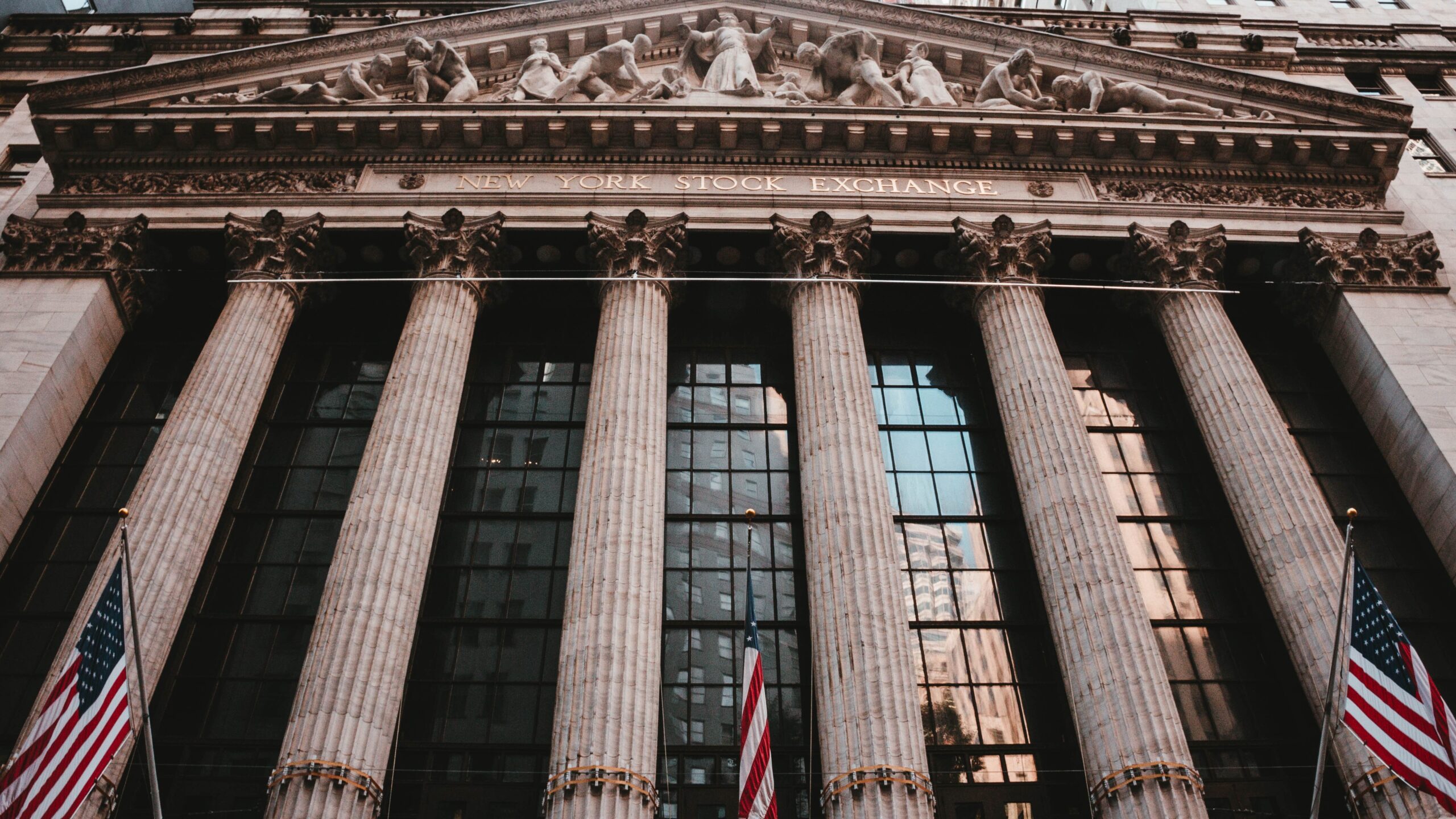
Hedge funds first started in 1948 when investor Alfred Winslow Jones decided to raise $60,000 from investors. Alfred would manage investors’ money for 20% of the gains he achieved for investors.
While Alfred’s strategy was to hold long-term stock positions and then cut risk by short-selling other stocks, there are many different types of hedge funds systems these days. Some are quant funds that employ mathematical models. Some are long/short funds that hold long or short positions across selected stocks.
For instance, in 1992, Soro’s Quantum Funds earned $1.8 billion by shorting the British pounds and buying German Marks. As a result, Soros became “the Man Who Broke the Bank of England.” And during 2020 while Coronavirus swept the World, Bill Ackman turned $27 million into $2.6 billion by shorting the market. But not everyone is so successful.
Investors in hedge funds must meet the requirements to become accredited investors. You must have a net worth of $1 million or more… or earn at least $200,000 within the current year. Because of the requirements, hedge funds are usually the private club for the rich.
Peer-to-peer Lending

Generally, a person would go to a bank for a loan. But with recent advances, a person looking for capital could also go on a peer-to-peer lending platform to request money from individuals. In return, these individuals get an agreed-on interest rate return.
Some peer-to-peer platforms will rank borrowers based on their credit scores and histories in an effort to decrease the risk. One of the significant advantages of peer-to-peer lending is that you can get into it for as little as $100.
But while earning interest is nice, consider that you are also taking on a borrower who couldn’t go to the bank for some reason. You run the risk of the borrower defaulting. Also, consider that the platform will also charge you a fee. So it can be very hard to make money with P2P lending unless you have a clear strategy.
SPACs (Special Purpose Acquisition Company)

A Special Purpose Acquisition Company is a shell company with the sole intent of raising capital from investors, then merging with a private company to bring it public.
For instance, electric car company Lucid Motors recently went public after merging with a SPAC called Churchill Capital IV Corp. Lucid received roughly $4.4 billion in funding by joining forces with a SPAC sponsor. This allowed Lucid to go public faster than the traditional IPO route.
SPACs can also benefit the investors because the cost of entry can be low. Investors could’ve bought Churchill for $10 before it went public. Famous companies that went the SPAC route include Nikola, Draftkings, and Virgin Galactic Holdings.
Investors call SPACs blank check companies because investors often don’t know what company the SPACs would merge with at IPO. So it’s often tough to make money from SPACs unless you have a great investment strategy. You can buy SPACs through an online broker.
Farmland
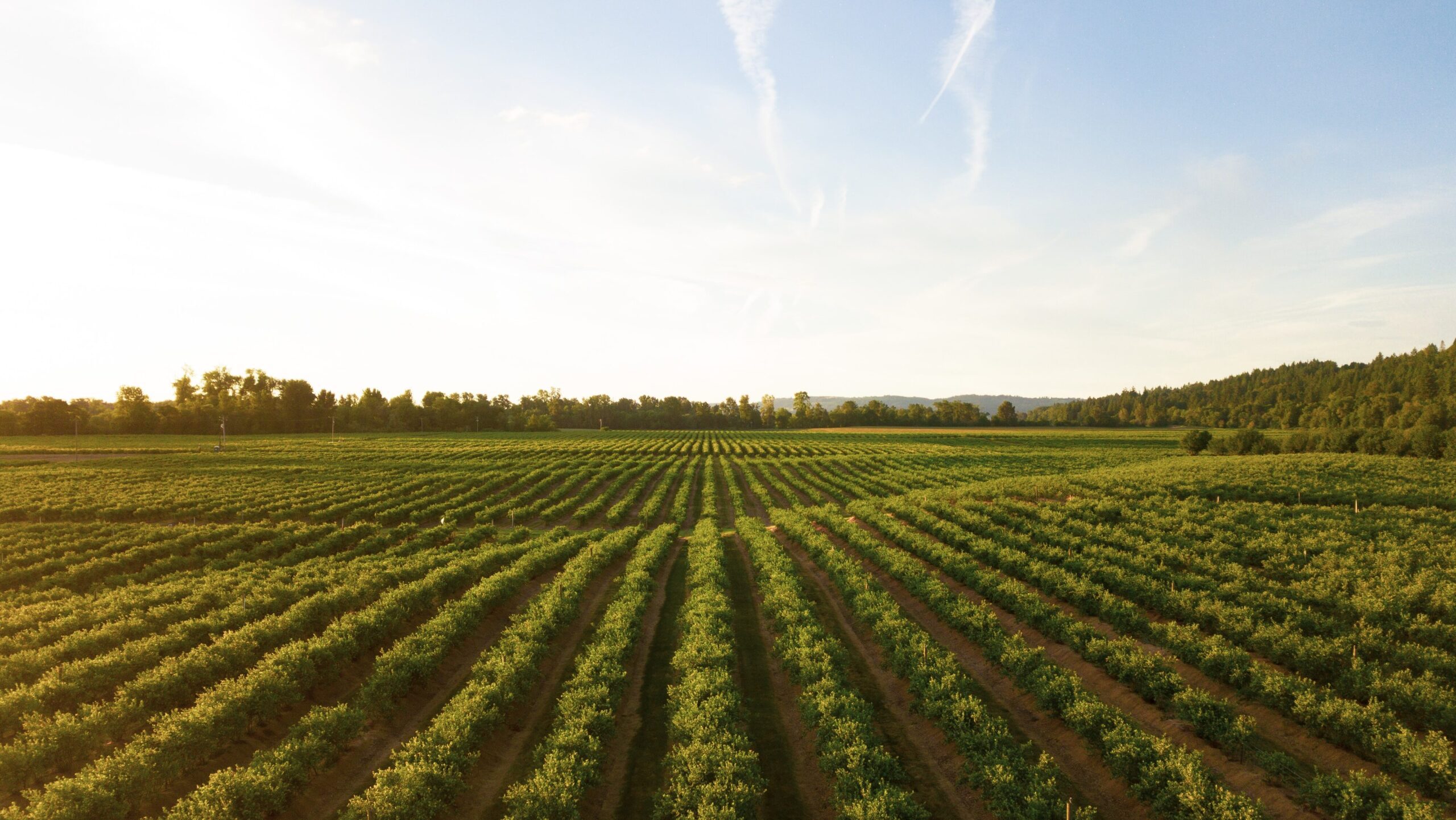
In 1986, Warren Buffett bought a 400-acre farm 50 miles north of Omaha for $280,000. He admits that he knows nothing about farming. But, Buffett believed that the investment had no downside and a ton of upside. It turned out he was right in his case. He said, “Now, 28 years later, the farm has tripled its earnings and is worth five times or more than what I paid.”
Although investors will still need to do their diligence, farmland can be an attractive investment because of its often low volatility, low correlation to other assets, and a potential hedge against inflation. According to the USDA, farmland produced a positive return every year since 1991, with an average annual return of 11.5%.
Investors may think that purchasing farmland is out of the question for them. But with crowdfunding, it’s possible to own farmland without the need to maintain it or know all the intricate details of growing crops.
Physical Gold

Physical gold deserves a special mention because people have used gold as a currency as far back as 560 B.C. And at one time, the U.S. dollar was backed by gold. Today, gold is still valuable because many financial organizations, such as the International Monetary Fund still hold almost 1/5th of the world’s supply of above-ground gold.
Because gold has survived throughout history as a form of currency, it still holds value today. And some investors look at gold as a haven during political and economic uncertainty.
Gold collectibles also have the potential to skyrocket in value, but it doesn’t always. In June of 2021, a 1933 Double Eagle gold coin was sold for $18.9 million. It was the last gold coin struck for circulation in the United States.
While most investors can’t buy rare gold coins, investors can still buy other gold valuables (such as jewelry and bullion). For instance, you can buy different editions of the American Gold Eagle or the American Buffalo. Or you can purchase other national gold coins like the Canadian Gold Maple Leaf or the Chinese Gold Panda.
You can buy gold coins at your local coin shop or online. You can also purchase gold ETFs, mutual funds, or futures.
Non-Fungible Tokens

mundissima / Alamy Stock Photo
Non-Fungible Tokens are essentially data (art, videos, photos, etc.) stored on the blockchain, and with a ledger that provides public proof of ownership. Over the past year, NFTs have gained popularity
In May 2007, Mike Winklemann started posting his artworks online every day for 13 years. And in 2021, when NFT took ground, he sold his digital artworks called EVERYDAY: THE FIRST 5000 DAYS for over $69.3 million.
But Beeple isn’t the only one involved in digital art: Elon Musk sold an NFT. The former first lady is selling NFT’s. Even huge funds, such as Soros Fund Management, have invested in an NFT company. You can buy NFT’s on over 254 NFT platforms. But investors will need to be able to separate which NFT is truly worth investing in.
Small Business

If you look at small business successes, you will find no better person than Barabara Corcoran. She’s invested in more than 53 deals. Her largest deal turned $50,000 into $30 million in a year and a half. However, picking small businesses to invest in is a skill that needs to be learned. For investors who want to get in on investing in small businesses, it’s possible through crowdfunding platforms.